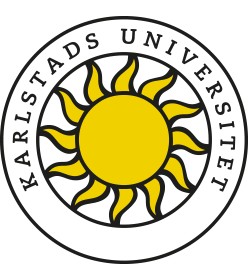Forskningsseminarier i fysik
Next seminars:
*****************************
Friday, 12.December 2025, 13:15-14, room TBA
Title: TBA
Speaker: Dargie Deribew, Linköping
Abstract:
TBA
*****************************
COLLOQUIUM
Wednesday, 17.December 2025, 15:30-16:30, Eva-Eriksson-salen
Title: The Quest for Unification: Mathematics, Physics and AI
Speaker: Daniel Persson, Chalmers University of Technology, Gothenburg, Sweden
Abstract:
Geometric deep learning is an emerging field that includes several directions within the foundations of machine learning. It combines the power of deep learning with geometric and topological structures to model complex relationships between data points while taking inspiration from theoretical physics. In particular, the symmetries of the underlying problem are used to guide the design of the neural network architecture. In this talk I will present an overview of geometric deep learning with emphasis on its interplay with mathematics and physics. I will also discuss some recent applications of this framework to autonomous driving and weather predictions.
Daniel Persson got his PhD in Physics, and is now Professor of Mathematics at Chalmers, part of the Wallenberg AI, Autonomous Systems and Software Program (WASP).
*****************************
